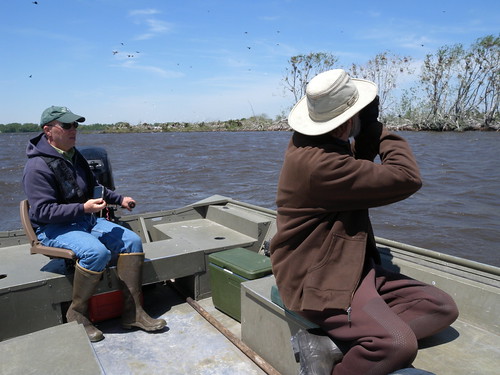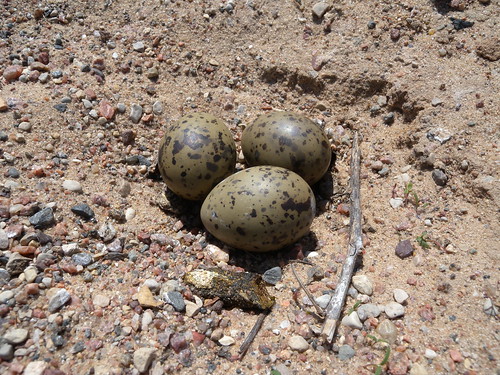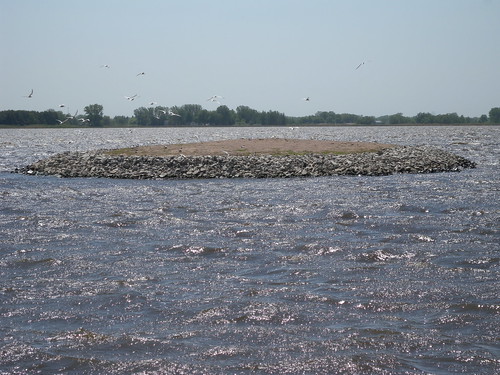Many kids have that fascination with bugs etc., but something happened to me in 1988 that started me down the path to the underpaid conservation biologist. The most severe drought in my memory occurred when I was twelve. I soon discovered that the idea of the balance and harmony of nature promoted in grade school and PBS nature programs was an exaggeration. Our lawn turned into a yellow dust, the sunsets were reddish from the faraway forest fires of Yellowstone National Park, and storm clouds that formed brought lightning but not rain. I watched the pond near my house shrink to half its size, and the surrounding marsh and pools dry up and concentrate all the turtles for miles around. When I approached the pond at the height of the drought twenty turtles scattered into the water into the pond, now only 60 feet across. Worse yet, the pond was ringed with the shells of 8 dead painted turtles. Nature had no mercy on my favorite animals. I already understood nature was fragile, but now I knew it was.
What put me over the edge was just the innocent little words in a couple of cheap paperbacks, and those printed in leather bound volumes with gold trim. The first was Aldo Leopold’s A Sand County Almanac. It spoke of a landscape I knew well, or thought I knew well. The second was Edward Abbey’s A Desert Solitaire that described the desert landscape of the American Southwest I knew nothing about, and so began a thirst not yet quenched. I learned how the very landscape I hiked and camped was degraded, threatened, and our connection to it warped. The leather bound volumes were John James Audubon’s Birds of America, Quadrupeds of America. With these I learned I was robbed. The elk, moose, cougar, prairie, oak openings, and everywhere the “living wind” of passenger pigeons, the most abundant bird the world has ever known, were missing from my Waupaca County home. Most bizarre was the description of a common bird, the Carolina parakeet, that lived in the Eastern US from Illinois east to the Atlantic and probably even wandered into Wisconsin now and again. Where we camped in Wisconsin’s Northwoods there were no forests of giant white pines, and no woodland caribou, Canada lynx, or wolves. I was robbed, we all were.
My dad bought other books for me that widened my appreciation for nature: The Amateur Naturalist, Island Within, One Man’s Owl, Of Wolves and Men, and I added a few dozen more volumes before I was out of high school. It took me a while to finally work out a career in this field, but it was always going to work out that way. It was my calling, but only because of the path laid out for me by a natural disaster, and my father’s soft encouragement of a few yellowing and disintegrating paperbacks still sitting on my bookshelf. Happy Father’s Day and thanks, Dad.


